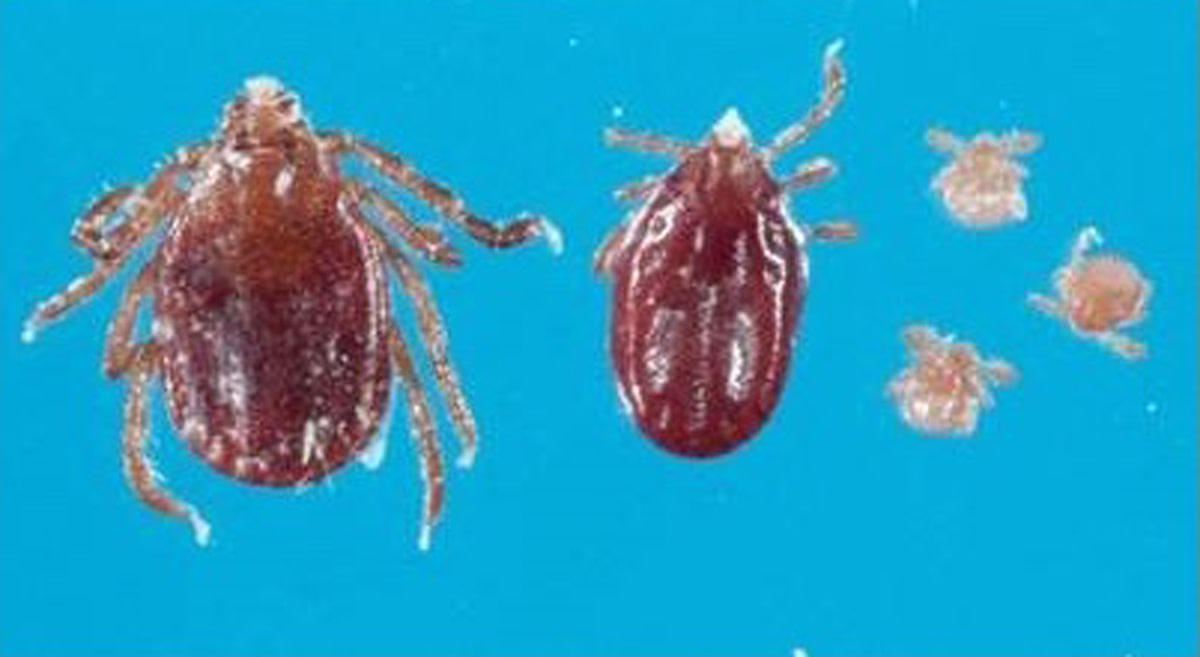
Texas Animal Health Commission (TAHC) would like to remind Texas veterinarians to be vigilant and proactive as they observe and collect ticks on small and large animals.
The Haemaphysalis longicornis (longhorned tick), an exotic East Asian tick, has been confirmed in four states (Arkansas, New Jersey, Virginia and West Virginia). The tick is known to carry a wide variety of pathogens and has many hosts.
The tick has not been found in Texas, but it is of the upmost importance that veterinarians are aware and continue to collect and submit tick samples to the Texas State-Federal Laboratory for identification. For information about submitting tick to the Texas State-Federal Laboratory, visit the Fever Tick and Fly Larvae Submission Guide.
The current host list from this introduction includes: dog, cow, goat, sheep, white-tailed deer, opossum, raccoon and horse. No longhorned ticks have been recorded feeding on people in the United States.
H. longicornis Background
Haemaphysalis longicornis, an exotic East Asian tick, has never previously established a population in the U.S. In late 2017, this exotic tick was initially identified in New Jersey and believed to be present as far back as five years ago. There are no known direct links between New Jersey and recent cases in other states.
It is an aggressive biter and frequently builds intense infestations on domestic hosts causing great stress, reduced growth and production, and causes exsanguination.
Since the tick can reproduce parthenogenetically (without a male), a single fed female tick can create a population.
This tick is also a known/suspected vector of several viral, bacterial and protozoal agents of livestock and human diseases. Being a three host tick, this tick has the ability to spread pathogens among a diverse host range, on which it feeds side-by-side with other tick species.
The establishment of this tick species is unprecedented in recent United States history in regard to its geographic scope and might only be compared back to the spread of cattle fever ticks in the late 1800s.
For more information about the H. longicornis contact the TAHC at 512-719-0716. For questions concerning tick submissions, contact the Texas State-Federal Laboratory at 512-832-6580.








